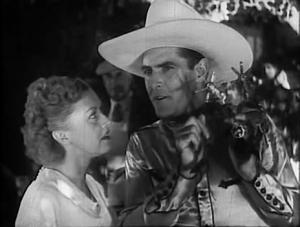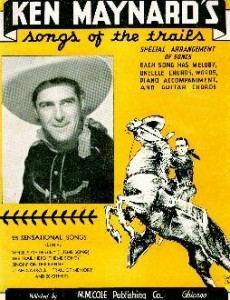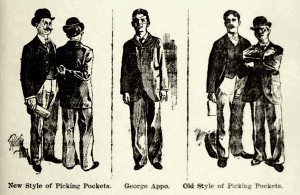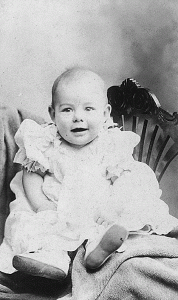Hunter S. Thompson screwing around with a good ol’ boy at Churchill Downs as part of his 1970 Scanlan’s Monthly article, “The Kentucky Derby Is Decadent and Depraved“:
“I shook my head and said nothing; just stared at him for a moment, trying to look grim. ‘There’s going to be trouble,’ I said. ‘My assignment is to take pictures of the riot.’
‘What riot?’
I hesitated, twirling the ice in my drink. ‘At the track. On Derby Day. The Black Panthers.’ I stared at him again. ‘Don’t you read the newspapers?’
The grin on his face had collapsed. ‘What the hell are you talkin’ about?’
‘Well…maybe I shouldn’t be telling you…’ I shrugged. ‘But hell, everybody else seems to know. The cops and the National Guard have been getting ready for six weeks. They have 20,000 troops on alert at Fort Knox. They’ve warned us — all the press and photographers — to wear helmets and special vests like flak jackets. We were told to expect shooting…’
 ‘No!’ he shouted; his hands flew up and hovered momentarily between us, as if to ward off the words he was hearing. Then he whacked his fist on the bar. ‘Those sons of bitches! God Almighty! The Kentucky Derby!’ He kept shaking his head. ‘No! Jesus! That’s almost too bad to believe!’ Now he seemed to be sagging on the stool, and when he looked up his eyes were misty. “Why? Why here? Don’t they respect anything?’
‘No!’ he shouted; his hands flew up and hovered momentarily between us, as if to ward off the words he was hearing. Then he whacked his fist on the bar. ‘Those sons of bitches! God Almighty! The Kentucky Derby!’ He kept shaking his head. ‘No! Jesus! That’s almost too bad to believe!’ Now he seemed to be sagging on the stool, and when he looked up his eyes were misty. “Why? Why here? Don’t they respect anything?’
I shrugged again. ‘It’s not just the Panthers. The FBI says busloads of white crazies are coming in from all over the country — to mix with the crowd and attack all at once, from every direction. They’ll be dressed like everybody else. You know — coats and ties and all that. But when the trouble starts…well, that’s why the cops are so worried.’
He sat for a moment, looking hurt and confused and not quite able to digest all this terrible news. Then he cried out: ‘Oh…Jesus! What in the name of God is happening in this country? Where can you get away from it?’
‘Not here,” I said, picking up my bag. ‘Thanks for the drink…and good luck.'”
••••••••••
And they’re off!:



















